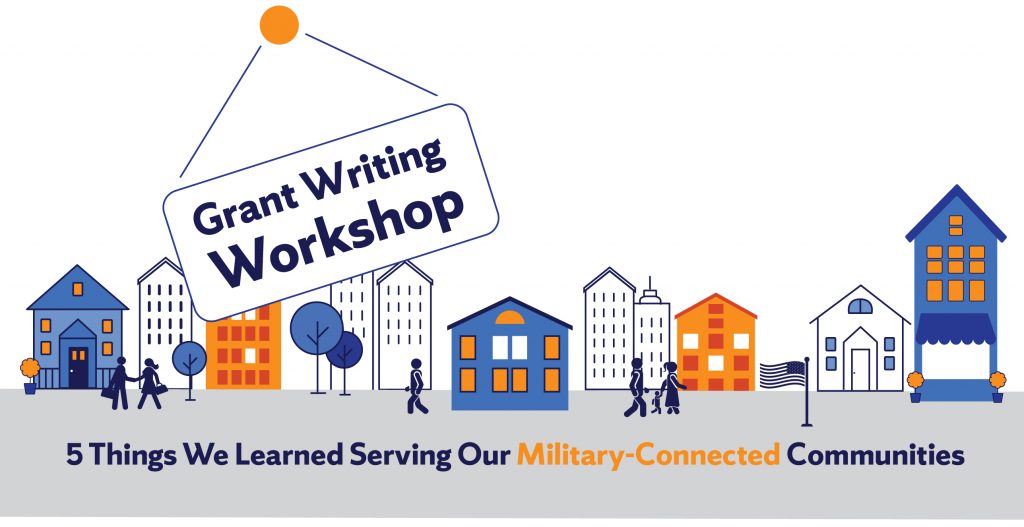Recently, the Texas Community of Practice gathered in the Rio Grande Valley for a workshop on grant writing. Arlene Siller, Ph. D., Founder and CEO of Ascend Nonprofit & Business Solutions, LLC walked the in-person and virtual group through a grant readiness conversation, ensuring non-profits and community providers are prepared to turn an open grant opportunity into a successful, funded project. Here are the top five things we learned:
- Develop your Organization Structure. Every organization should have a designed structure that is unique to them and their mission. It is recommended that you have a strategic plan to guide your organization for 3-5 years at a time. Review it annually to ensure that your program is in line with the overall mission and is consistent with the needs of the population you serve. Having enough staff and volunteers to balance program execution will ensure programs are delivered successfully. Equally as important is maintaining staff that is diverse and reflective of the population you serve. Organization financials are critical to grant writing success. Funders often will ask for your most recent financial statements, audits, and if your organization is overseen by an advisory board. Read more about being grant ready in this blog from Upstream Consulting.
- Communicate, Communicate, and then Communicate some more – with Everyone. With the rise in social media and online marketing campaigns, it is easy for your program to be lost in the online shuffle. An organization should actively seek to communicate, network, collaborate, fundraise, or partner with similar organizations. One of the best forms of communication is storytelling. For example, client stories are an effective way to communicate the impact of an organization’s programs in personal terms. They are also often more compelling and easier to understand than just high-level data alone. The Nonprofit Storytelling Conference is a great resource to improve your storytelling ability. Other forms of communication include a website with staff and board pictures and bios and easy-to-find financials. Transparency ensures accountability which helps to develop trust among your many stakeholders.
- Collaboration is Key. Most funders have requirements for the organizations they fund, such as a minimum number of years in operation or budget size. Requirements like these can prove to be a catch-22 for newer, small-scale nonprofits: how can you grow your organization’s budget if funders will not fund your organization for being too young? One tip for organizations that fit this profile is to collaborate with larger, more established organizations. In doing so, younger or smaller organizations can build their programmatic experience while also gaining exposure to funders through their larger counterparts. Collaboration also helps to ensure that each organization is playing to their respective strengths—which maximizes the overall impact on those who are being served. Read more about the importance of collaboration from the Grant Professionals Association.
- Align your Programs. Aligned programs are a key to success for any organization. Alignment comes in many forms. For example, do your programs have a clearly defined mission with goals and objectives? Does your organizational budget match up with your strategic priorities? Are your programs able to meet the asks of the grants that you are applying for? Have the needs of the population(s) you served changed? If so, are your programs able to meet those needs? Ask yourself these questions and questions like them regularly to make sure you are on the right track. gov offers great advice in this article, ‘Grant Writing Basics: Ensure Mission Alignment before Applying’.
- Leverage Available Resources. There are several free and low-cost resources available to help nonprofits advance their mission. For example, the Combined Arms Institute has partnered with Candid to develop a grant map to help veteran-serving organizations identify funding opportunities faster. You can also leverage other free or low-cost tools available. The IVMF Digital Library is a free resource and oftentimes, local libraries also have access to powerful tools and databases that patrons can use for free. Other subscription services are often offered free or at no cost for nonprofits.

